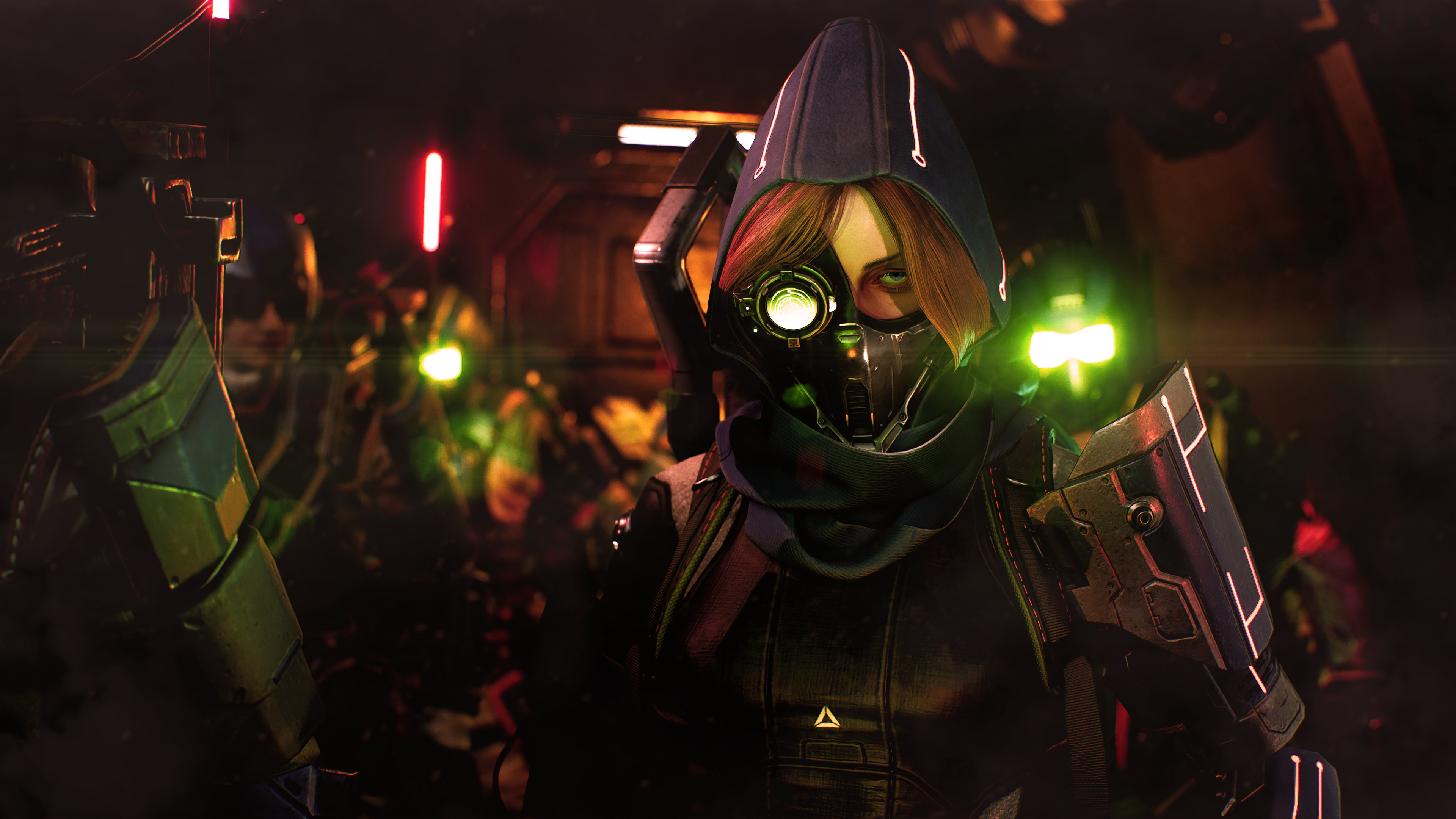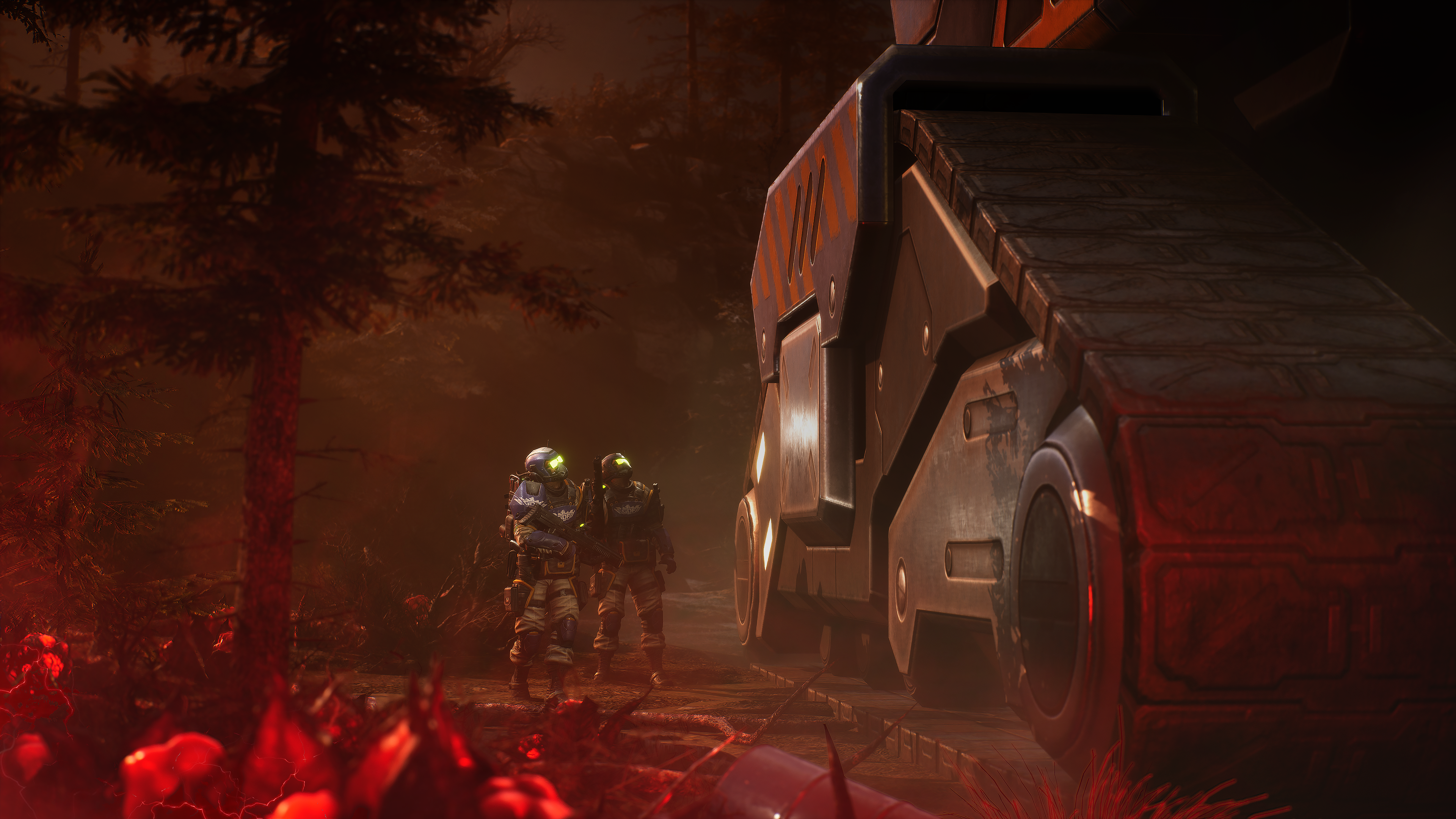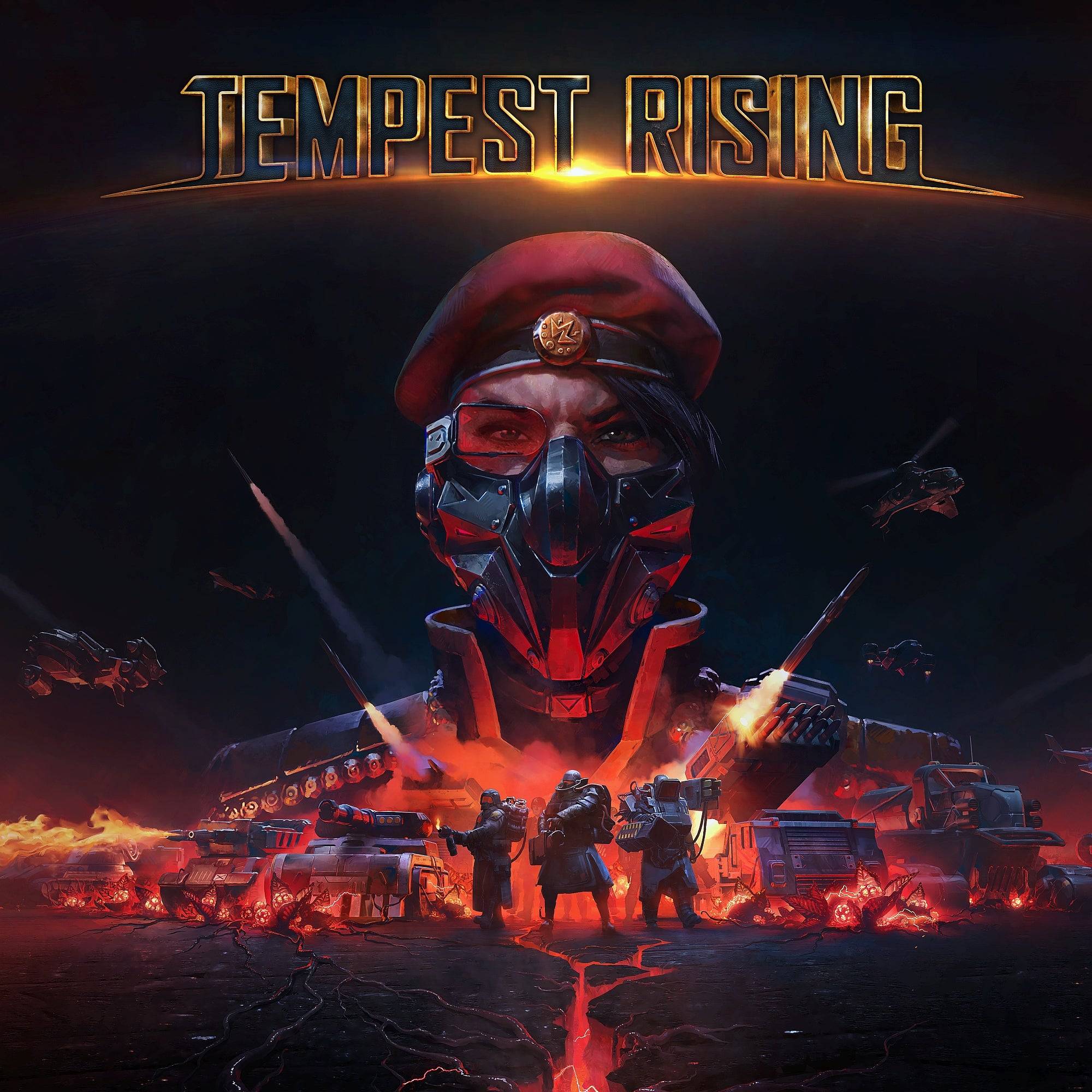by Lily May 22,2025
As soon as I fired up the Tempest Rising demo for the first time, I was hit with a wave of nostalgia. The opening cinematic, with its cheesy dialogue from bulky armored soldiers and a reedy scientist, set a tone that felt like a throwback to the classic RTS games of the 90s and 2000s. The music, UI design, and units transported me back to high school, where I'd stay up late playing Command & Conquer with friends, fueled by Mountain Dew, taco-flavored Pringles, and sleep deprivation. Recapturing this feeling through a new game in the modern era is exhilarating, and I'm eager to see what else Slipgate Ironworks has planned for launch and beyond. Whether jumping into Skirmish mode against clever AI bots or diving into Ranked Multiplayer, playing Tempest Rising feels as comfortable as slipping on my well-worn baseball glove.
This nostalgic experience was no accident. The developers at Slipgate Ironworks deliberately set out to create a real-time strategy (RTS) game that evokes the classics, with modern quality-of-life improvements. Set in an alternate 1997 where the Cuban Missile Crisis escalated into World War 3, Tempest Rising unfolds in a world recovering from nuclear devastation. Amidst the ruins, strange flowering vines have emerged, brimming with electrical energy and heralding a new era of power for those brave enough to harvest them.

 8 Images
8 Images



While the build I played focused on multiplayer, I'm eagerly anticipating the story mode, which will feature two replayable 11-mission campaigns, one for each of the main factions showcased in the preview. The Tempest Dynasty (TD), an alliance of Eastern European and Asian countries most affected by WW3, and the Global Defense Forces (GDF), an alliance of the United States, Canada, and Western Europe, offer distinct playstyles. There's a third faction, but details will have to wait until the campaign is available, as it's not playable in the preview build, the Steam RTS Fest demo, or at launch.
The Tempest Dynasty particularly appealed to me, not just for their quirky 'death ball' vehicle, the Tempest Sphere, which amusingly rolls over enemy infantry, but also for their 'plans' system. These plans, activated at the Construction Yard, provide faction-wide bonuses in three categories: Logistics, Martial, and Security. With a little extra power generation and a 30-second cooldown for switching, you can tailor your strategy to the situation. The Logistics Plan speeds up building and resource harvesting, the Martial Plan enhances unit attack speed and gives resistance to explosives, and the Security Plan reduces unit and building costs, improves repair functions, and extends Radar vision. I enjoyed alternating between these plans to boost my economy, accelerate building, and then launch enhanced attacks.
The flexibility extends to resource gathering as well. Instead of building a Refinery like the GDF, the Tempest Dynasty uses Tempest Rigs, mobile units that can harvest resources from any location until depleted, then move on. This approach made my favorite 'fast expand' strategy even easier, allowing me to send rigs to remote areas to gather resources safely and efficiently.
Another fun unit in the Dynasty's arsenal is the Salvage Van, which can repair nearby vehicles or switch to Salvage Mode, destroying nearby vehicles and reclaiming resources. Sneaking up on inattentive opponents and using the Salvage Van to both weaken their forces and boost my resources was a thrilling tactic.
The Dynasty's power plants can also switch to 'Distribution Mode', enhancing construction and attack speeds of nearby buildings at the cost of taking damage. Fortunately, the mode automatically deactivates if a building reaches critical health, preventing self-destruction.
While I'm drawn to the Tempest Dynasty, the GDF has its own charm, focusing on buffing allies, debuffing enemies, and controlling the battlefield. The GDF's Marking mechanic, where certain units can 'mark' enemies to drop Intel upon defeat, combined with Doctrine upgrades that debuff marked enemies, offers intriguing strategic depth.
Both factions have three tech trees to explore, allowing players to specialize in different aspects of their faction's strengths. Additionally, advanced buildings unlock cooldown abilities that can significantly impact battles. From area damage and troop spawning to the GDF's spy drones and remote building beacons, these abilities add strategic flavor to each faction's gameplay.
The Dynasty's fewer, upgradeable buildings make them vulnerable to enemy Engineers, but the Lockdown ability can prevent takeovers, albeit at the cost of the building's action. The Field Infirmary ability, which drops a stationary troop-healing area anywhere on the map, complements the Dynasty's repair-focused units and vehicles.
There's much more to explore, and I'm looking forward to diving deeper, especially with the launch version's Custom Lobbies, where I can team up with friends against the clever AI bots. Until then, I'll enjoy squishing my bot enemies with swarms of death balls in solo play.
 Tempest Rising3D Realms Wishlist
Tempest Rising3D Realms Wishlist
Mobile Legends: January 2025 Redeem Codes Released
Pokemon TCG Pocket: Paralyzed, Explained (& All Cards with ‘Paralyze’ Ability)
Android Action-Defense
Brutal Hack And Slash Platformer Blasphemous Is Coming To Mobile, Pre-Registration Now Live
Pokémon TCG Pocket Is Dropping a Trade Feature and Space-Time Smackdown Expansion Soon
Mythical Island Debuts in Pokemon TCG, Time Revealed
GWENT: Top 5 Decks for 2025 - Strategies Revealed
Marvel Rivals Showcases New Midtown Map

Lucky Lady's Charm Deluxe Slot
Download
Vô Cực Đại Chiến
Download
Lunch with Ronan mod
Download
Diamond Deluxe Casino - Free Slot Machines
Download
Shopping Mall 3D Mod
Download
Priya’s Awakening
Download
Flight Pilot: 3D Simulator
Download
Flight Pilot: 3D Simulator
Download
L.A. Story - Life Simulator
Download
Pikmin Bloom Earth Day Walk Party Begins
Dec 24,2025
Sony Unveils Official PlayStation Wireless Speakers
Dec 24,2025

Cyberpunk 2077 to Fill 64GB, a Quarter of Switch 2 Storage
Dec 24,2025

Fallout 76 Unveils New Ghoul-Themed Update
Dec 23,2025

Climate Game Atuel Launches on Android (Note: "Surrealist Documentary" was removed to meet 50-character limit.)
Dec 23,2025